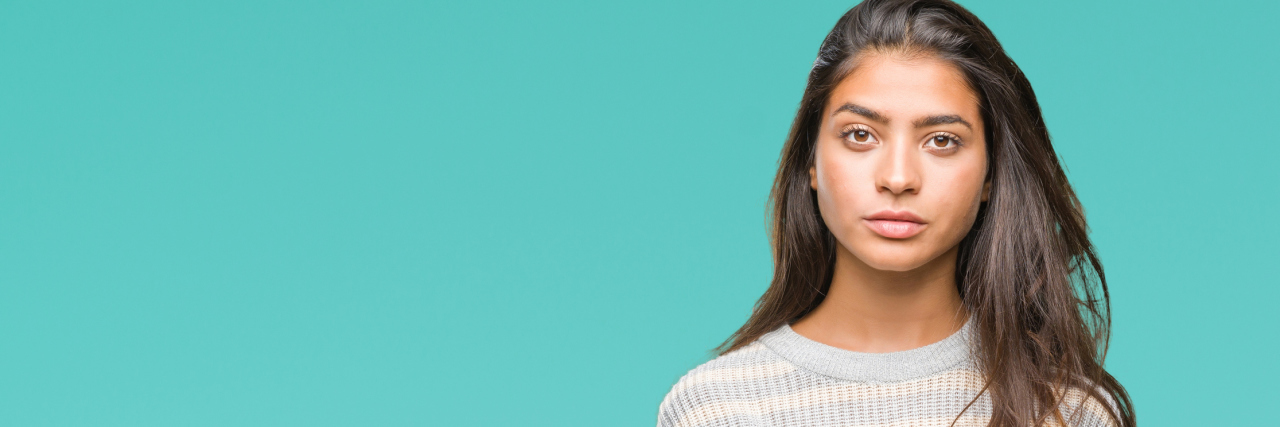India in all its diversity and social complexity also remains a closed Pandora ‘s Box in regards to subjects and issues that its largely conventional society deems taboo. One such issue is mental health and more specifically — suicide.
Surprisingly in India the suicides highlighted by media were those of farmers struggling with financial setbacks and institutional apathy — but what came as a shocker to everybody later was that the biggest segment of suicides in India are its housewives.
They, it seemed, were marginalized within homes that had no access to any of the major suicide prevention interventions, namely:
- Programs of awareness
- Proper psychological screening
- Gatekeeper training
- Restriction to harmful means like poisons
- Follow-up care in previous cases of self-harm
- An official universal helpline
- Supportive media strategies
- Pharma-therapeutic and psycho-therapeutic support
Statistics also indicated that a large number of those who died in both men and women were “married,” implying weren’t living alone and were part of a family where they had everyday interactions that could have reflected suicidal ideation, but were never identified or if identified, ignored. In India, rates of suicide among young woman in the age-group of 15 to 29 years are quite high.
Community-based suicide prevention strategies like “Gatekeeper” — a program that trains people to know the signs of suicide — are not developed or prevalent. It basically trains common people to identify warning signs of suicide and also response and referral techniques. The entire training can be completed in a few hours and be imparted online too. Healthcare workers, doctors, police, educators and human resource personnel also lack proper sensitization regarding cases of mental health crisis.
Most importantly, the de-stigmatization of any experience of mental stress, emotional challenges and common mental health hurdles like anxiety and depression is missing. People glorify “being strong” and suicide is often referred to as “lack of bravery” or “cowardice.”
Repeated insensitive coverage of such cases in media without any kind of sensitivity displayed in
the choice of words, describing details and choosing images sometimes leads to copycat suicidal behavior too. Especially if the person mentioned in such a story is a celebrity, it might trigger young people, people facing a mental illness or people with a history of suicidal behavior.
A World Suicide Prevention Day 2018 report on the National Health Oortal of India mentions that:
“World Suicide Prevention Day (WSPD) is observed every year on 10th September, which is organized by the International Association for Suicide Prevention (IASP) in collaboration with the World Health Organisation (WHO). The aim of this day is to create awareness among people about the fact that suicide can be prevented.”
According to the World Health Organization, there is one death every 40 seconds due to suicide. In spite effective collaborations with several global suicide prevention programs, the economic and political unrest in India is also causing a lot of people visible emotional distress stemming from obvious reasons like rising unemployment.
The challenges presented by suicidal behavior are plenty in India, but I believe the stigma, taboo and the cultural barriers that prevent people here form speaking about mental health are the first major hurdles.
There is an increasing and long-pending demand by all mental health activists for a universal helpline for suicide prevention to be put in place by the Government of India.
Let’s hope both the Indian society and the institutions join hands to remove the associated cycle of silence about suicide and suicide prevention gains strength in India soon.
Getty image via AaronAmat

